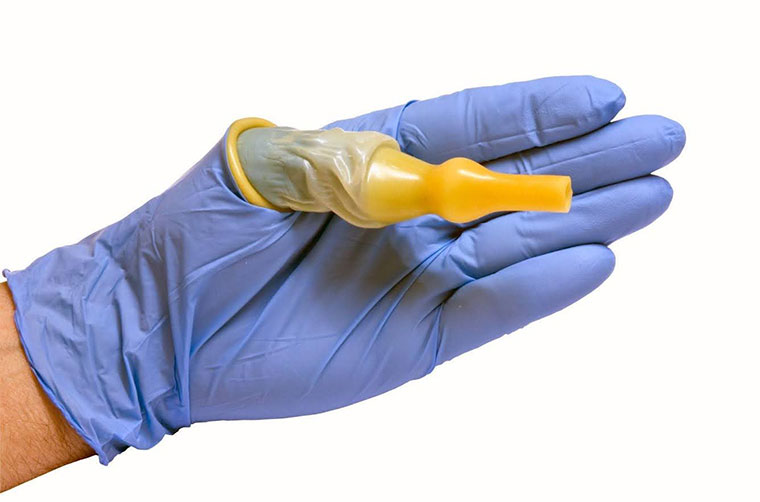Shower Transfer Benches for Elderly
Urinary incontinence (UI) affects up to 30% of older men, often as a result of conditions like overactive bladder, prostate enlargement, or neurological disorders. This not only disrupts daily routines but significantly complicates personal hygiene. Bathing becomes a particularly high-risk task for elderly males with UI due to mobility challenges, urgency to urinate, and slippery surfaces, all of which increase the likelihood of falls and injuries—the leading cause of ER visits among seniors.









